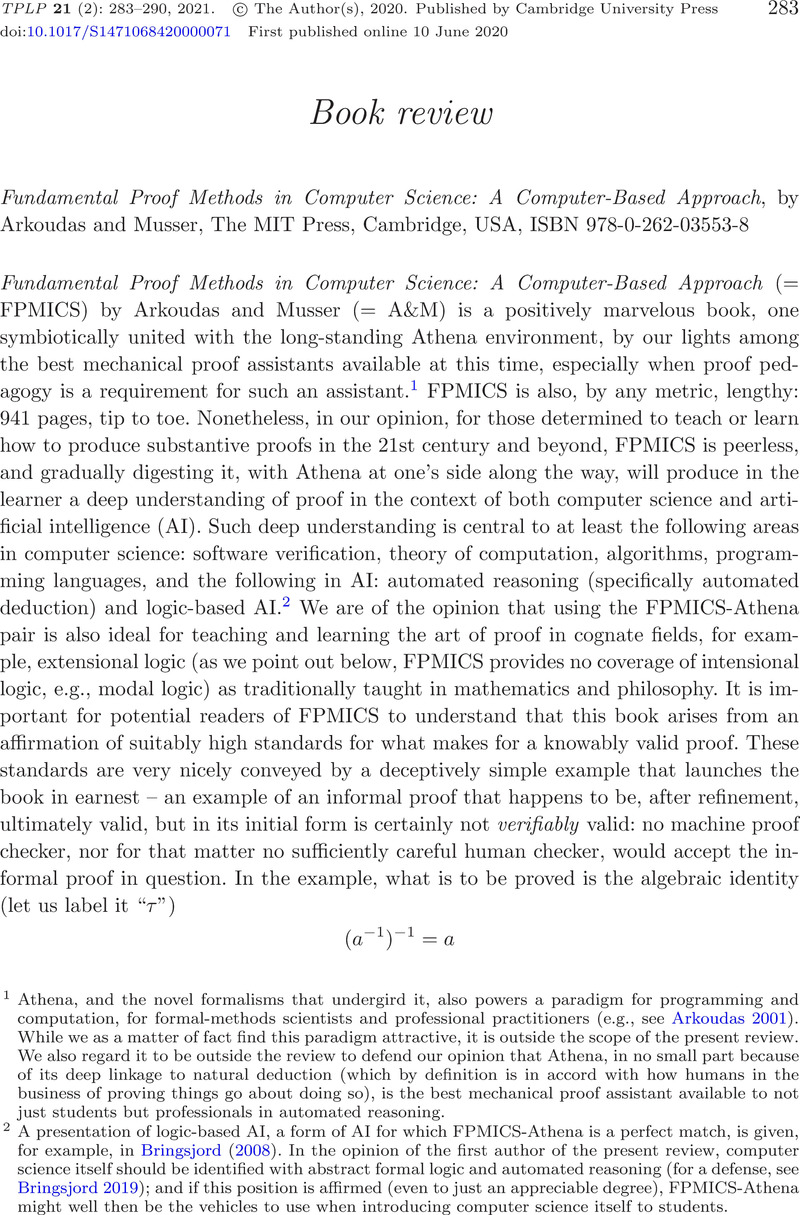Crossref Citations
This article has been cited by the following publications. This list is generated based on data provided by Crossref.
Paul, Saswata
Patterson, Stacy
and
Varela, Carlos
2021.
Formal Guarantees of Timely Progress for Distributed Knowledge Propagation.
Electronic Proceedings in Theoretical Computer Science,
Vol. 348,
Issue. ,
p.
73.
Paul, Saswata
Agha, Gul
Patterson, Stacy
and
Varela, Carlos
2023.
Eventual consensus in Synod: verification using a failure-aware actor model.
Innovations in Systems and Software Engineering,
Vol. 19,
Issue. 4,
p.
395.
Nallur, Vivek
Dennis, Louise
Bringsjord, Selmer
and
Govindarajulu, Naveen Sundar
2023.
A Partially Synthesized Position on the Automation of Machine Ethics.
Digital Society,
Vol. 2,
Issue. 2,
Zhou, Peiyuan
Paul, Saswata
Dutta, Airin
Varela, Carlos
and
Kopsaftopoulos, Fotis
2024.
Dynamic Data Driven Applications Systems.
Vol. 13984,
Issue. ,
p.
44.




